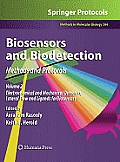 |
| photo courtesy fbi.gov |
Underwater terrorismFBI training elite deep-diving counterterrorism unit
Published 18 October 2011To bolster its counterterrorism capabilities, the FBI has created an elite group of special agents trained to track terrorism underwater.
Next year the ten-member Technical Dive Team will begin searching for evidence left behind by international terrorists in waters contaminated by chemical, biological, radiological, or nuclear waste.
Pointing to the 2008 attack in Mumbai, India where terrorists entered the city by boat, supervisory special agent James Tullbane, a Technical Dive Team member, said, “There have been enough scenarios recently,” to justify the creation of the special unit. Full article






